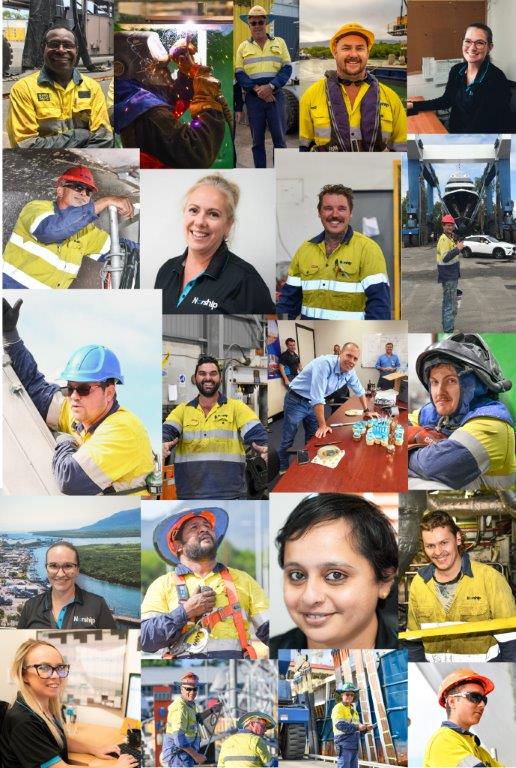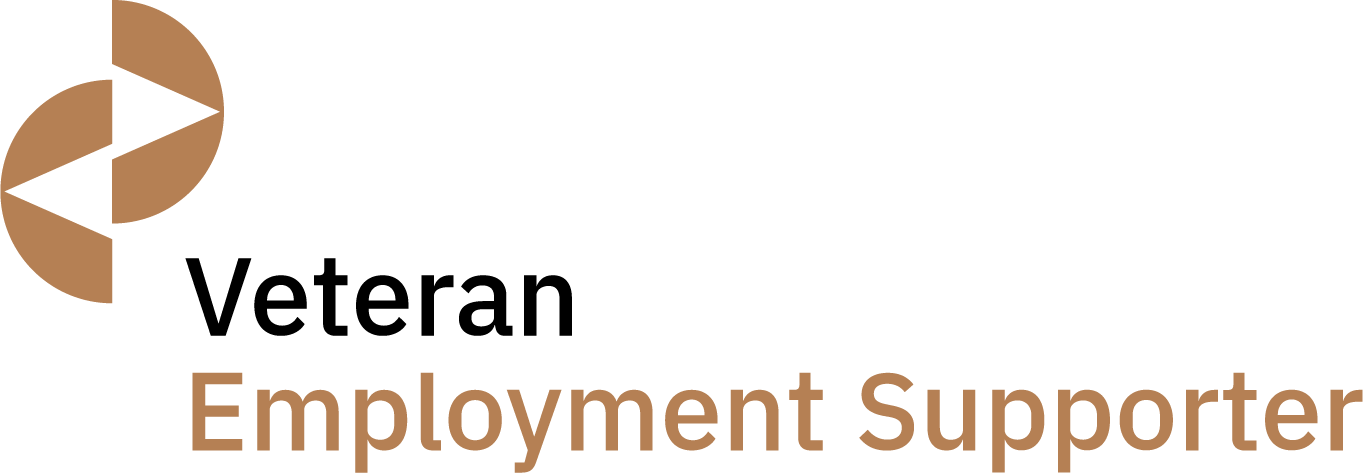Norship’s 2023/24 Workplace Gender Equality Agency (WGEA) report shows a gender pay gap in mean base salaries. This can be largely attributed to the company’s presence in the traditionally male-dominated maritime industry where technical personnel have moved from frontline blue collar roles to more senior and white collar roles, many of which have transferred to such roles with their previous earnings so as not to lower earnings at the time of promotion or transfer.
For context, according to the WGEA, ‘a disproportionate concentration of men in the upper quartiles and/or women in the lower quartiles can drive a positive gender pay gap’; Norship’s Male/Female balance at the time of reporting was 90%M/ 10%F and as such, our pay gap percentages are the result.
All roles across our organisation have salary or wage bands relating to a field of expertise; Engineering, Project Management, Quality Assurance, Procurement & Logistics, HR and Health & Safety, Finance, as well as Trades and Labour. Such salary and wage bands are based on skill set, certification/qualifications, tenure, and leadership capability when moving through the ranks – no weight to earnings capability comes with an employee being male or female.
Our workforce comprises over two thirds trade & technical roles, again traditionally male dominated roles; recognising this, Norship is seizing the opportunity to champion diversity and inclusion within its workforce.
The company is dedicated to creating pathways for women to enter and thrive in the industry, actively promoting gender balance and equal opportunities.
Furthermore, Norship is committed to increasing female representation at all levels of the business. This inclusive approach not only aims to close the pay gap but also adds significant value to Norship and the wider Varley Group.
By fostering a diverse and equitable work environment, the company benefits from a broader range of perspectives and talents, driving innovation, growth, and overall success. This commitment aligns with the broader maritime industry’s goal of achieving strong female representation, enhancing the sector’s ability to meet the challenges of the future with a diverse and dynamic workforce.


